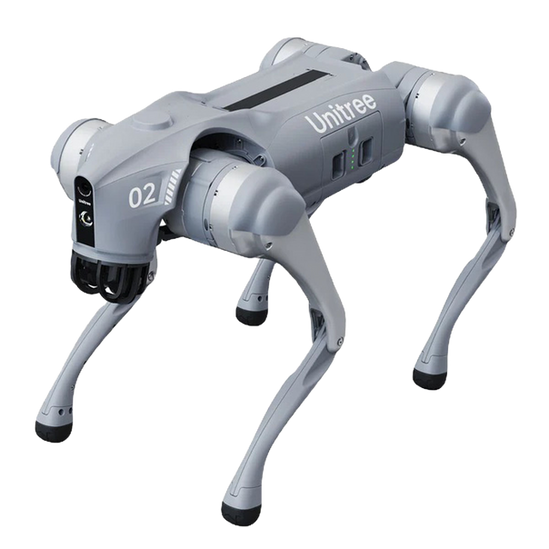Robotic Arm
A programmable mechanical arm used in manufacturing, logistics, and healthcare. Robotic arms are commonly used in industrial robots for tasks like assembly, picking, and welding.
As technology continues to revolutionize industries, automation stands at the forefront of innovation. One of the most recognizable and impactful components of modern automation is the robotic arm—a core element in robotics that bridges the gap between human-like dexterity and machine precision. Understanding terms like Robotic Arm is essential for anyone exploring fields such as industrial automation, medical robotics, or smart logistics, as these mechanical limbs are instrumental in shaping the future of work and efficiency across sectors.
What is a Robotic Arm?
A Robotic Arm is a programmable mechanical arm used in manufacturing, logistics, and healthcare. Robotic arms are commonly used in industrial robots for tasks like assembly, picking, and welding. These devices are designed to replicate the motion and functionality of a human arm, typically consisting of several joints and segments that allow for a wide range of motion. Controlled through software, sensors, and sometimes AI algorithms, robotic arms can execute complex tasks with high precision, consistency, and speed. Their versatility makes them indispensable in environments that demand accuracy, safety, and productivity.
Key Concepts
Actuators: Motors or mechanisms that control movement in the robotic arm's joints, enabling it to bend, rotate, and extend.
Degrees of Freedom (DoF): The number of independent movements a robotic arm can perform. More DoF allows greater flexibility and precision.
End Effector: The tool attached to the end of the robotic arm—such as a gripper, welder, or syringe—designed to interact with objects or perform specific tasks.
Controller: The computer system or microcontroller that programs and operates the robotic arm, often using user-defined scripts or real-time sensor feedback.
Sensors: Devices integrated into the arm to detect position, force, temperature, or proximity, enhancing accuracy and adaptability.
Kinematics: The mathematical modeling of motion, used to calculate how to position each joint to move the arm to a desired location.
Payload Capacity: The maximum weight the robotic arm can carry, critical for determining its appropriate applications.
Applications and Relevance
Industrial Automation: Used on assembly lines for car manufacturing, electronics assembly, and packaging operations, increasing efficiency and safety.
Logistics and Warehousing: Employed in picking, sorting, and palletizing tasks to streamline order fulfillment and reduce human labor.
Healthcare and Surgery: Applied in robotic-assisted surgeries for high-precision operations, as well as in rehabilitation and patient care devices.
Agriculture: Used for fruit picking, planting, and crop monitoring, often in conjunction with AI-based vision systems.
Research and Education: Provides a platform for studying robotics, AI, and control systems in academic and research institutions.
Challenges and Considerations
High Initial Cost: The expense of acquiring and maintaining robotic arms can be prohibitive for small businesses.
Complex Programming: Requires skilled technicians or engineers to develop and maintain efficient control software.
Limited Adaptability: Traditional robotic arms may struggle in highly unstructured or unpredictable environments without AI assistance.
Safety Risks: In industrial settings, improper configuration or malfunctioning arms can pose dangers to nearby human workers.
Space Constraints: Large robotic arms may be impractical in environments where space is limited or dynamic movement is required.
Future Trends and Innovations
Collaborative Robots (Cobots): Robotic arms designed to work safely alongside humans without protective barriers, enabling shared tasks.
AI Integration: Enhanced decision-making and adaptability through machine learning algorithms, allowing for real-time adjustments and smarter automation.
Miniaturization: Development of compact robotic arms for microsurgery, laboratory automation, and portable manufacturing tools.
Cloud Robotics: Remote programming, diagnostics, and data sharing through cloud platforms, enabling smarter fleet coordination and monitoring.
Soft Robotics: Introduction of flexible, human-safe materials in robotic arms, reducing injury risk and allowing delicate object manipulation.
The Robotic Arm is a cornerstone of modern automation, playing a pivotal role in enhancing productivity, precision, and safety across a multitude of industries. As technology evolves, robotic arms continue to expand in capability and accessibility, transforming the landscape of labor and innovation. From the factory floor to the operating room, these mechanical limbs represent not just engineering ingenuity but a glimpse into the collaborative future between humans and intelligent machines.














